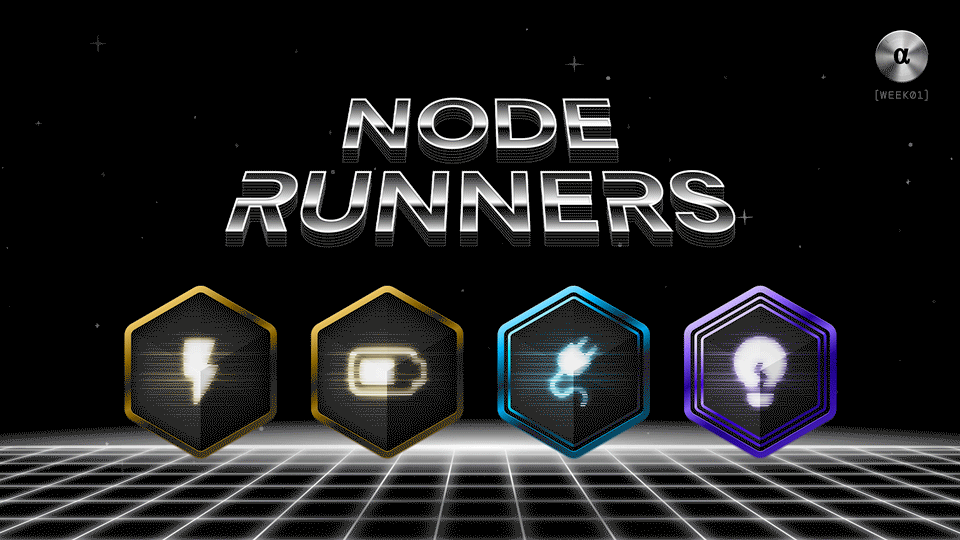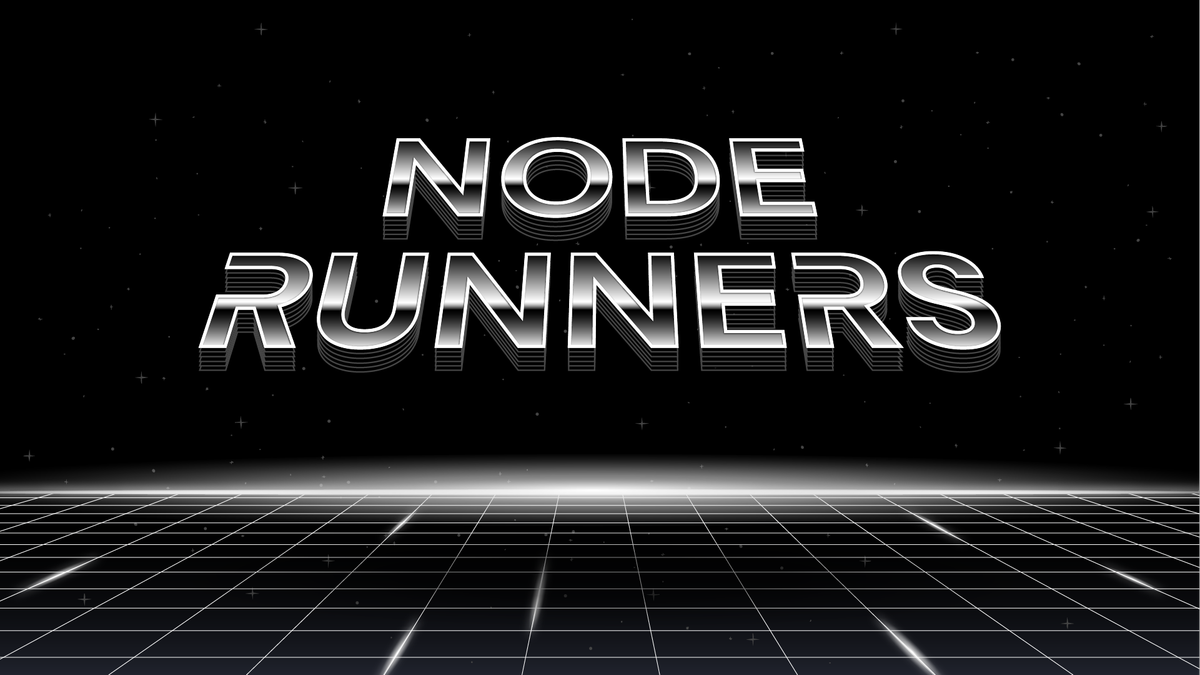Nexus Community Report: AMAs, dApps, and Creator-Driven Culture
As we welcome December, the Nexus ecosystem continues accelerating across protocol development, global community engagement, and creator-driven culture. This week

This edition of the Nexus Changelog marks a major milestone for the Node Runners community. The Node Runners Reward Shop is now live — introducing a new system for earning and minting rare digital artifacts based on your proving contributions. At the protocol level, Nexus has unlocked new proving difficulty tiers that dramatically boost the network’s throughput ceiling, now exceeding 300 million operations per second. And across the CLI, OS, and zkVM, performance enhancements continue to push the boundaries of verifiable compute.
Whether you’re hunting rare Glyphs, optimizing your prover, or just getting started with quests, this cycle brings more ways to contribute — and more ways to be rewarded.

The Reward Shop is now open for all Node Runners. Here, you can mint unique Glyph NFTs that record your contributions to the network. Glyphs are priced by rarity and can be claimed weekly — but Genesis Glyphs, which indicate when you joined Node Runners, are time-limited. Once a Genesis Glyph disappears, it’s gone for good.
To earn points and unlock access to Glyph drops:
This system introduces a new layer of identity, status, and strategy for active contributors.
Read the full Node Runners blog post for more details and tips →

A protocol upgrade has expanded the upper bound of proving task difficulty, now enabling up to 1,600 proofs per assignment. This gives high-performing nodes the opportunity to earn more points in fewer steps — especially when auto-promoted to harder tasks.
As more nodes begin to auto-request these higher difficulty levels, overall network throughput has increased from 200 million to 300 million operations per second, marking a major leap in system capacity and efficiency.
The latest CLI updates unlock new performance tiers and give provers more control over how they scale.
What’s new:
These upgrades help CLI provers scale alongside the network — or tune their setup to fit specific hardware constraints.
The Nexus OS frontend now reflects the evolution of the Node Runners economy.
These updates make proving more engaging and accessible — especially for newcomers entering the ecosystem via the OS.
The zkVM team has also made incremental reliability improvements across the VM core and tooling — with a focus on modularity, correctness, and long-term scalability.
From protocol upgrades to user-facing rewards, this cycle represents the maturing of the Nexus proving ecosystem. With new ways to contribute, more meaningful incentives, and an expanding network capacity, we’re entering the next phase of scalable, verifiable compute.
Stay involved by exploring Nexus Docs, contributing on GitHub, or proving your way to the next Glyph drop.